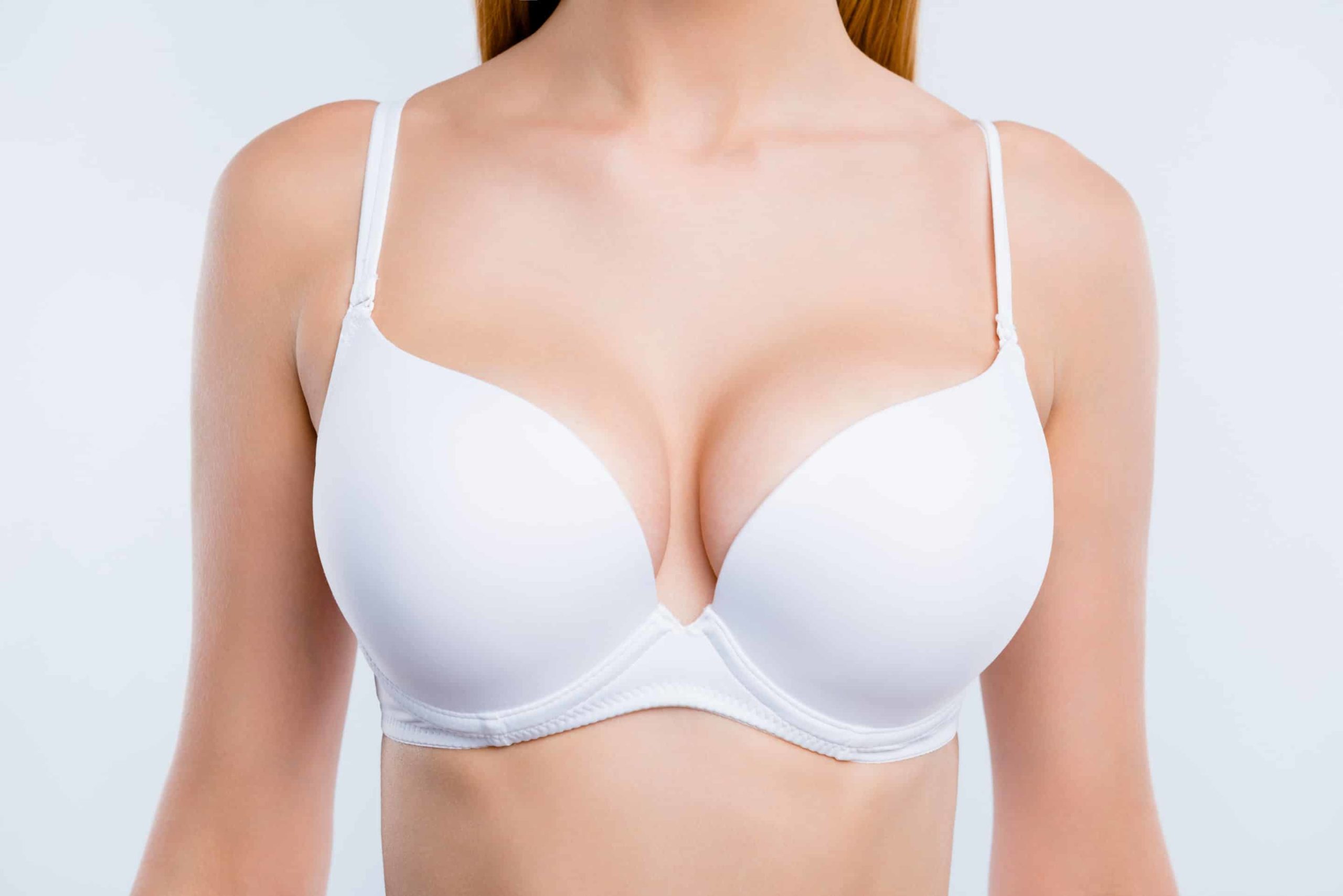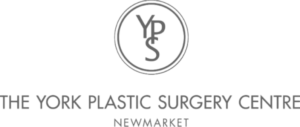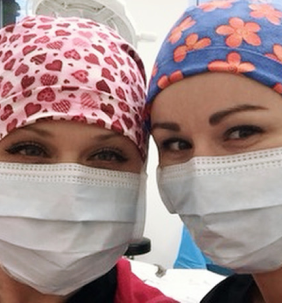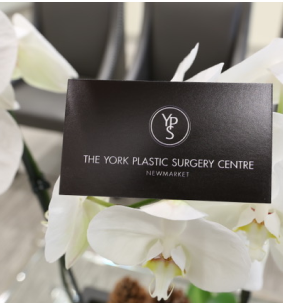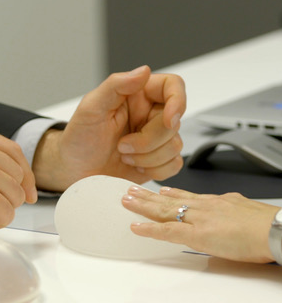This is a brief overview of breast lift surgery including several important topics:
- who is a good candidate for a breast lift
- understanding the different types of breast lifts
- what kind of results to expect
- some of the potential risks
- the postoperative healing time
First, what is breast lift surgery? Basically, a breast lift (or “mastopexy”) is an operation that improves the shape and perkiness of the breast and lifts the nipple to a higher position on the breast. Some people develop sagging (called ptosis and pronounced “toe-sis”) after major weight loss or having children, but other breasts simply develop this way. Over time it is common to develop minor relaxation or sagging of their skin. Most people won’t bother with a breast lift if there is only a minor change in appearance because of the costs, risks, scars and downtime associated with mastopexy surgery. However, if you are wondering if you’re a candidate for a breast lift, you can simply put a ruler under the crease of your breast and look in a mirror. If your nipple is above the ruler, your sagging is likely minor. However, if your nipple is much lower than the ruler or near the bottom of your breast, a lift might be a good option for you. It is very important to go to a reputable surgeon; the best breast lift surgeon in your area will typically have extensive training and experience in mastopexy surgery. Dr. Andrade was fortunate to have trained in a top plastic surgery program at the University of Toronto, then he developed a practice that is focussed on breast and body contouring.
Breast Lift Procedures
Multiple different breast lift operations have been described. In general terms, procedures that result in minimal scars also tend to give less of a dramatic lift, whereas procedures that more dramatically reshape the breast tend to result in more scars. Here are some examples, listed from least to most extensive:
- A “crescent lift”, or crescentic mastopexy, involves removing a small, crescent-shaped piece of skin from above the areola, to position it higher on the breast. The scar can be very faint and difficult to see, I find this procedure is best to correct only minor asymmetry or sagging.
- Another slightly more invasive procedure removes a donut-like strip of skin from around the entire areola. This “donut lift” or periareolar mastopexy removes a little more skin, but I find it is best to correct mild sagging or to reduce the size of large areolae.
- Rather than just having an incision around the areola, it with a vertical incision down the front of the breast and it called a vertical mastopexy or “lollipop lift” because the scar looks like a lollipop. If you pinch your own lower breast tissue together from side to side, you will notice that it makes the breast narrower and helps provide the projection. Others have combined the scar around the nipple with skin removal along the underside of the breast rather than the vertical scar. If you pinch the skin on the lower breast you will notice that it helps to lift the breast tissue higher, but it still leaves the breast wide or “boxy” looking. All of these incisions help to reshape the breast in a different way, but at the expense of more scars.
- Finally, there is a lift that combines all three incisions: one around the areola, one down the front of the breast and one underneath. This is sometimes called the “anchor scar lift” or “Robbins mastopexy”.
In addition to the visible incisions on the breast, often a breast lift involves redistributing the inner breast tissue to provide more projection or upper fullness. This tissue can be anchored in place with sutures, mesh or other techniques. Dr. Andrade typically uses gradually dissolving sutures to tack the breast tissue into a pocket in the upper part of the breast. This helps to keep the tissue in the proper position while everything is healing, but in the long term, there is no foreign material left in the breast.
Other procedures can be combined with a breast lift operation, such as removing tissue with a breast reduction, adding volume with fat transfer or implants, correcting inverted or inverted nipples, or even doing operations elsewhere on the body (such as a tummy tuck) at the same time.
Dr. Andrade does not exclusively use one particular mastopexy procedure but rather he customizes the procedure based on the person’s pre-existing breast shape and their desired outcome. The concept of a “tailor-tack mastopexy” means making preliminary markings while the patient is awake, then adjusting them during surgery to provide the best results possible. Dr. Andrade always takes time to adapt to the surgical plan as required, with the goal of providing the best results possible.
It is important to have a preoperative consultation with an experienced, board-certified plastic surgeon to understand the risks and healing time. Some of the more common surgical risks are discussed on Dr. Andrade’s website. Most people having breast lift surgery will take 1-2 weeks off work. However, if their job involves heavy lifting (e.g. factory workers) or high-risk situations (e.g. police officers) they should either return to work on light duties or take 4-6 weeks off.
People often ask if the results of breast lift surgery are permanent. After surgery, the breast will always be higher and firmer than if no procedure were performed at all. However, it is important to realize that the breasts will settle to some extent within several months once the initial bruising and swelling subsides. In the long term, the natural ageing process will still occur, and it is possible that some patients will want a secondary lift at some point in the future. Unfortunately, no cosmetic surgery completely stops the clock.
Dr. Andrade has a 5-star rating on RateMDs and realself.com and his practice has a specialized focus on breast and body contouring surgeries.
